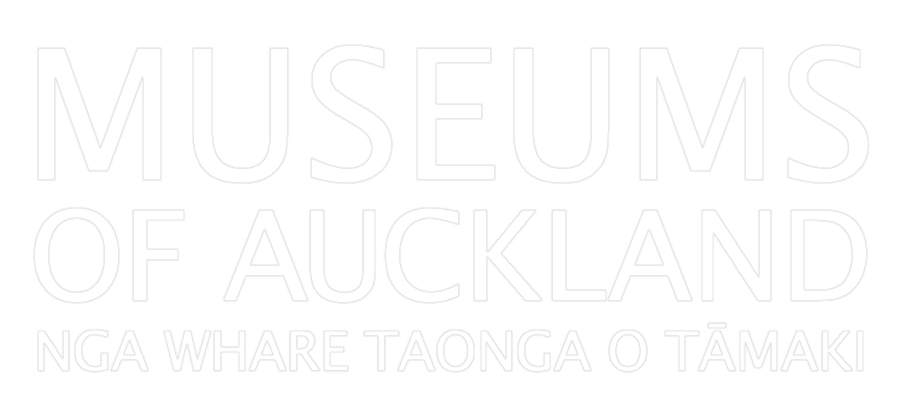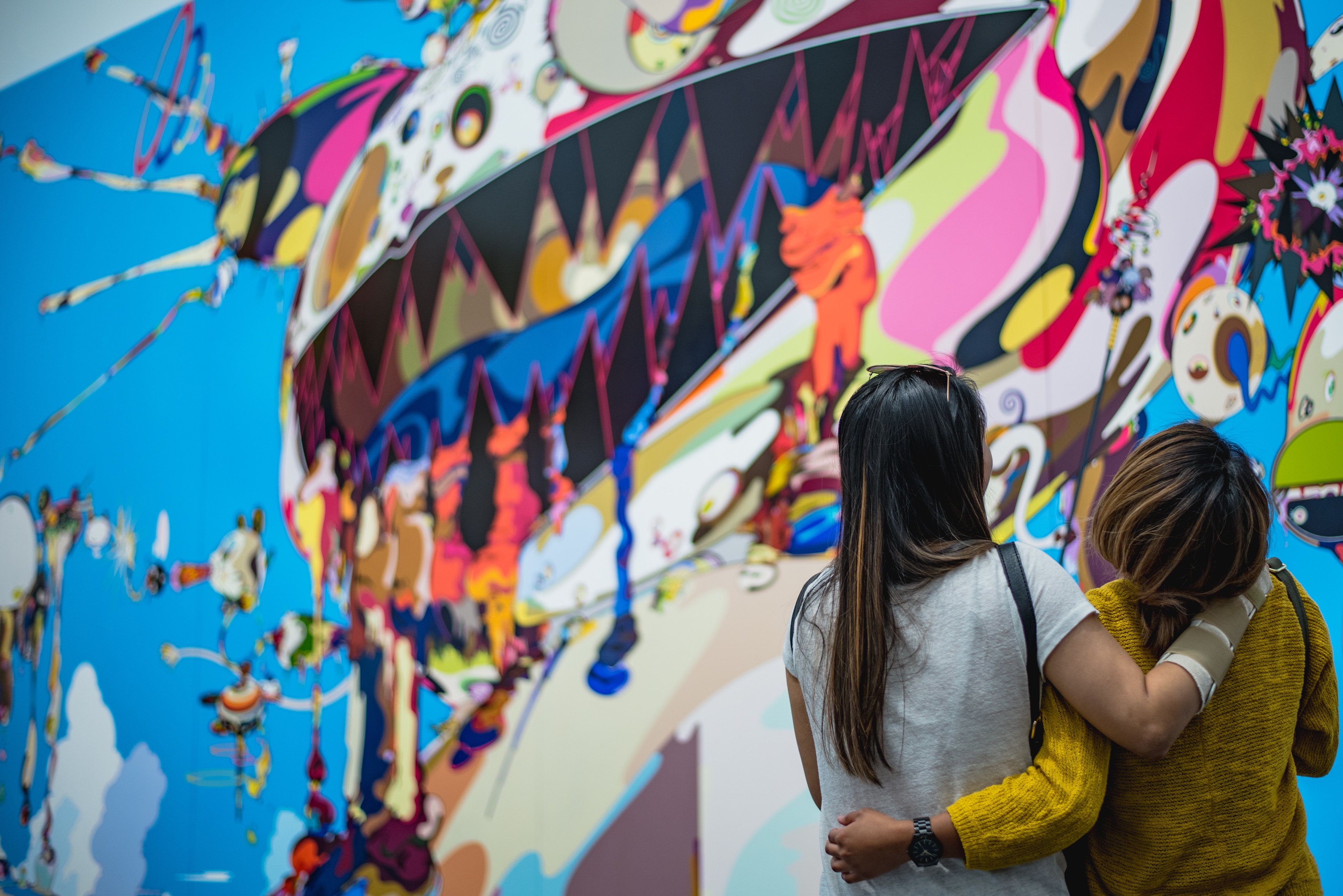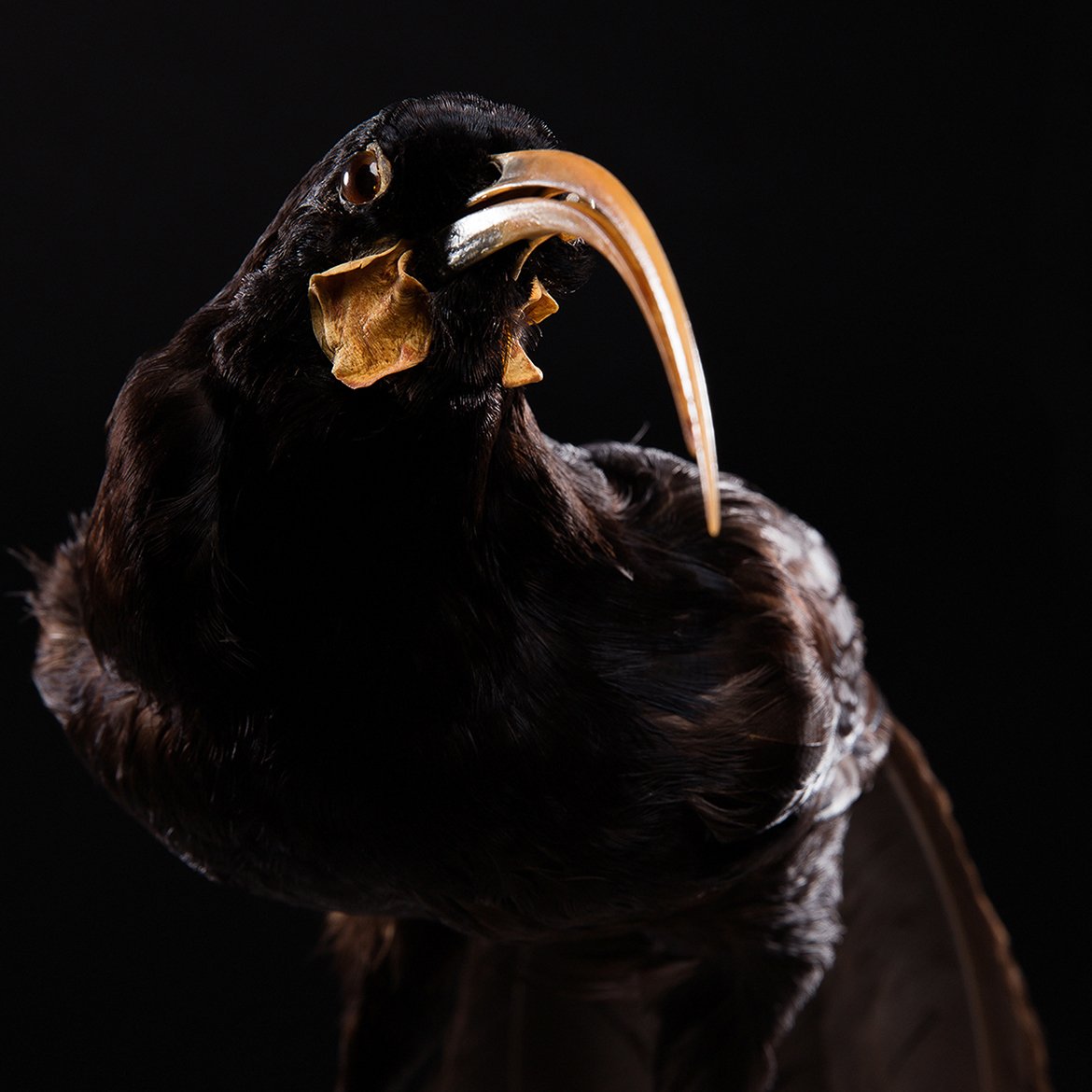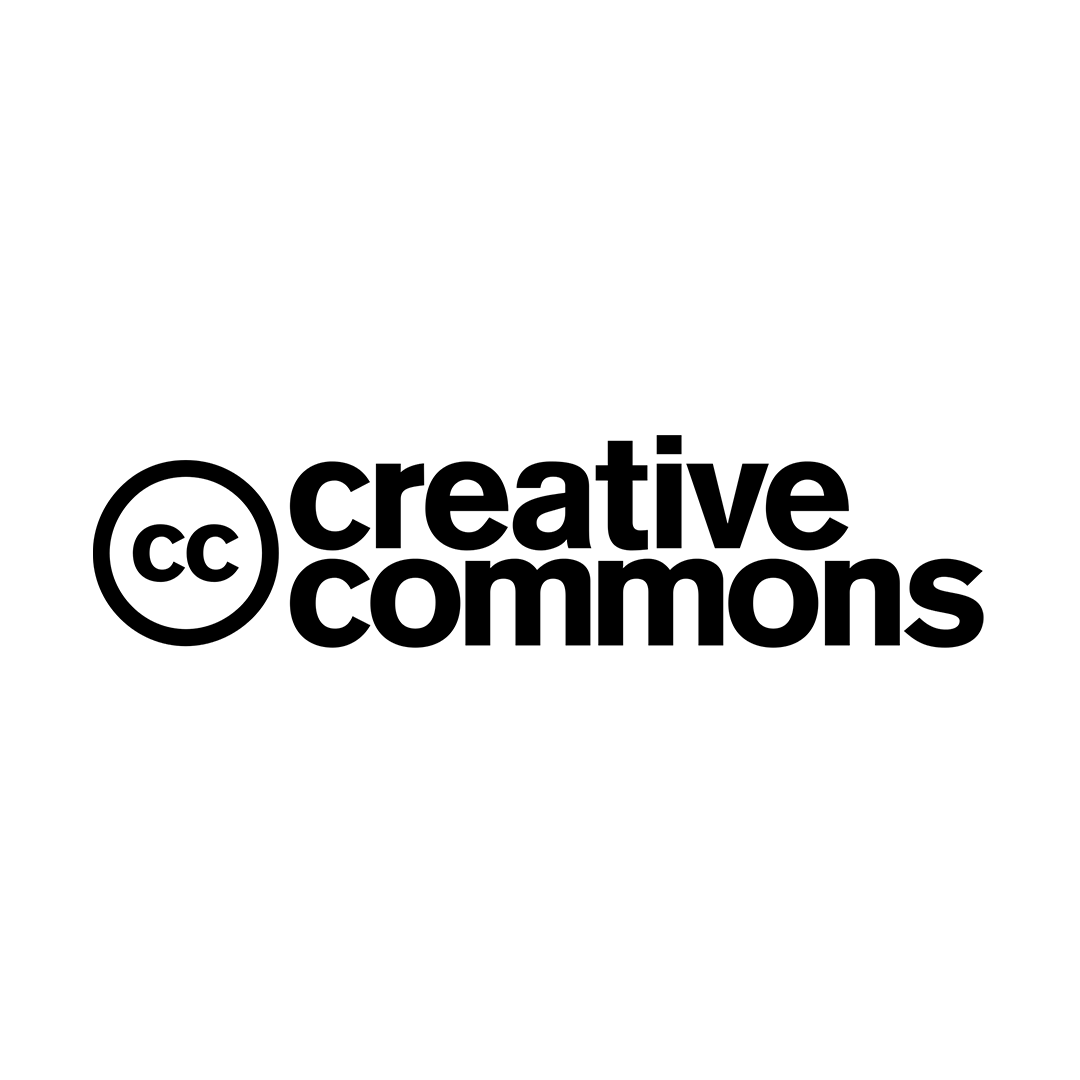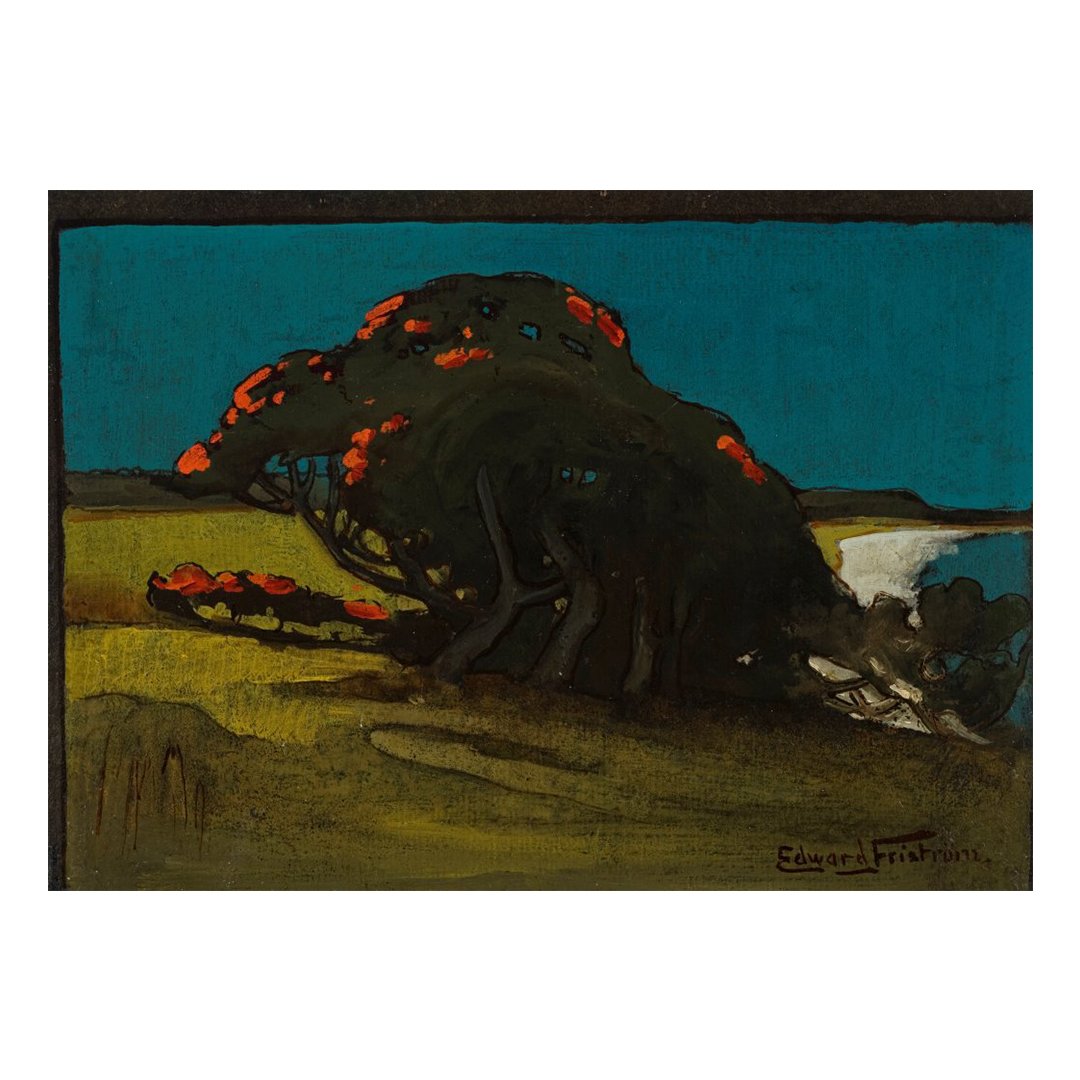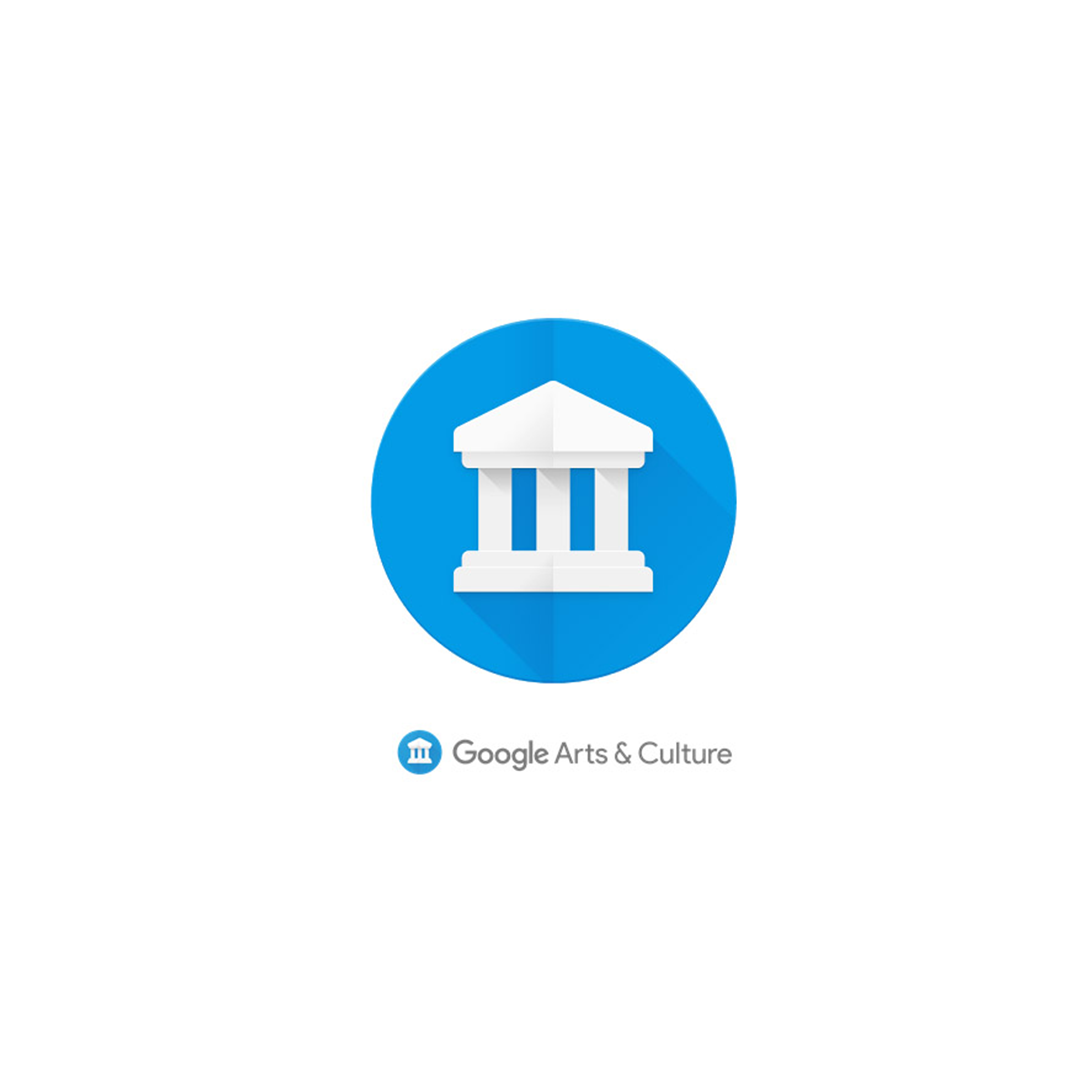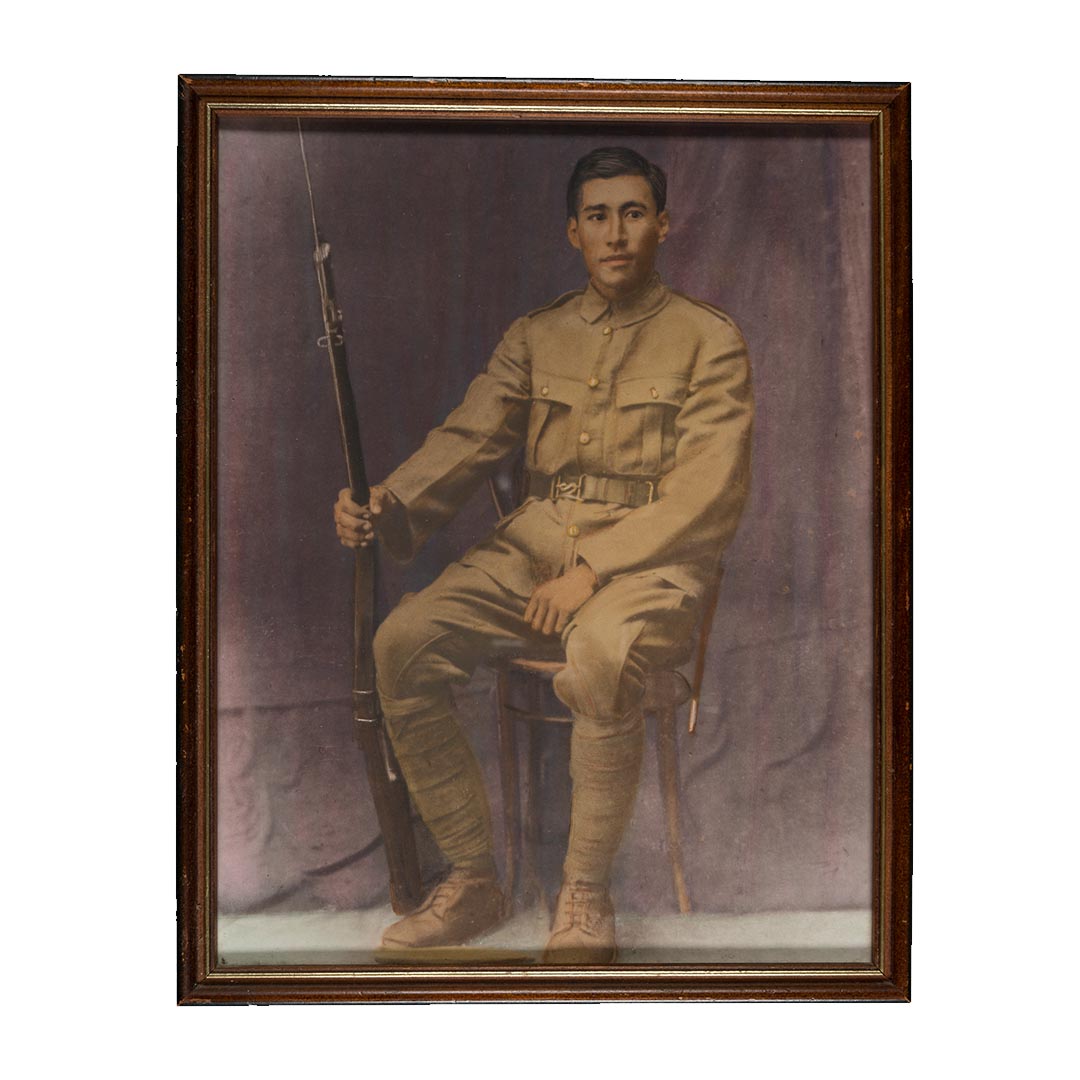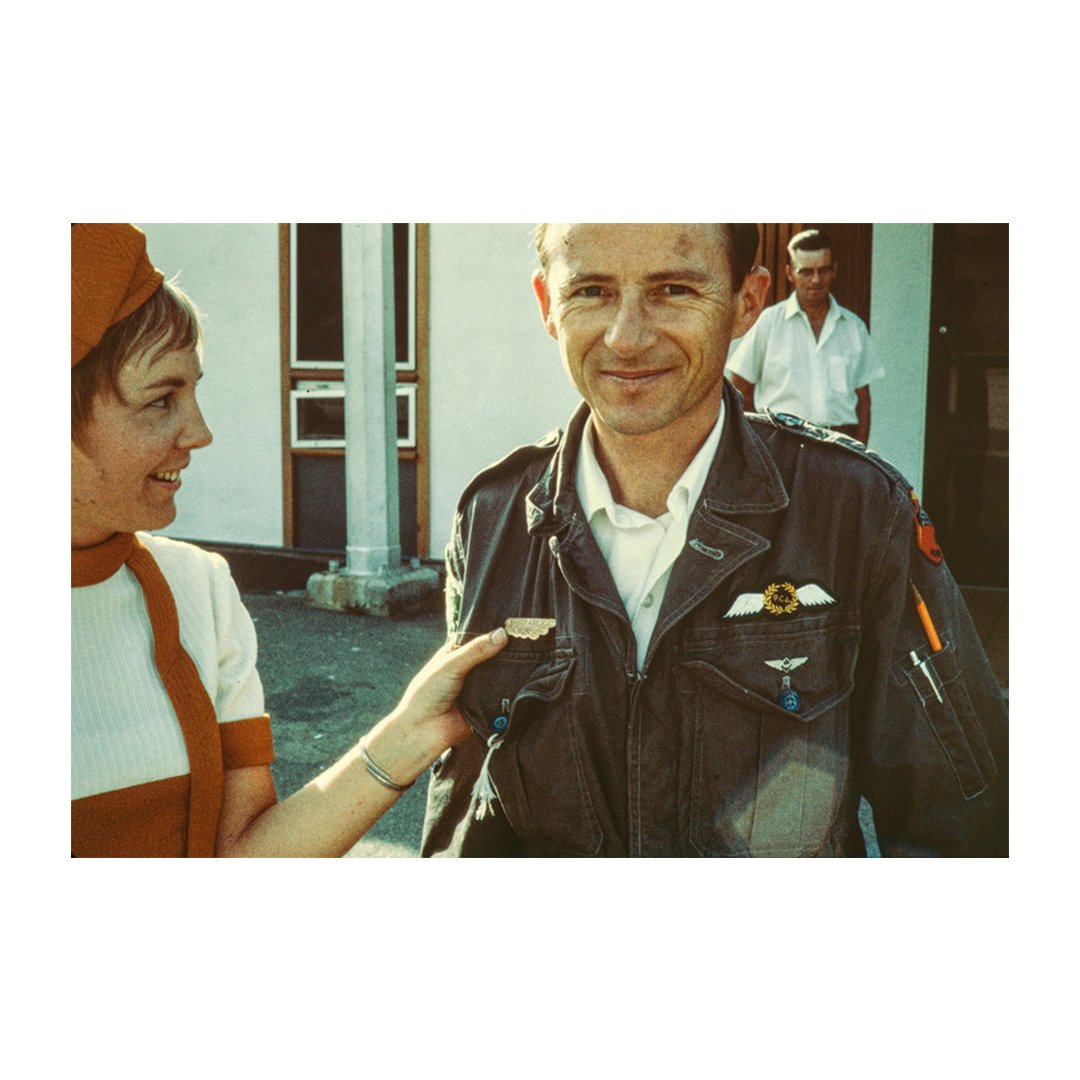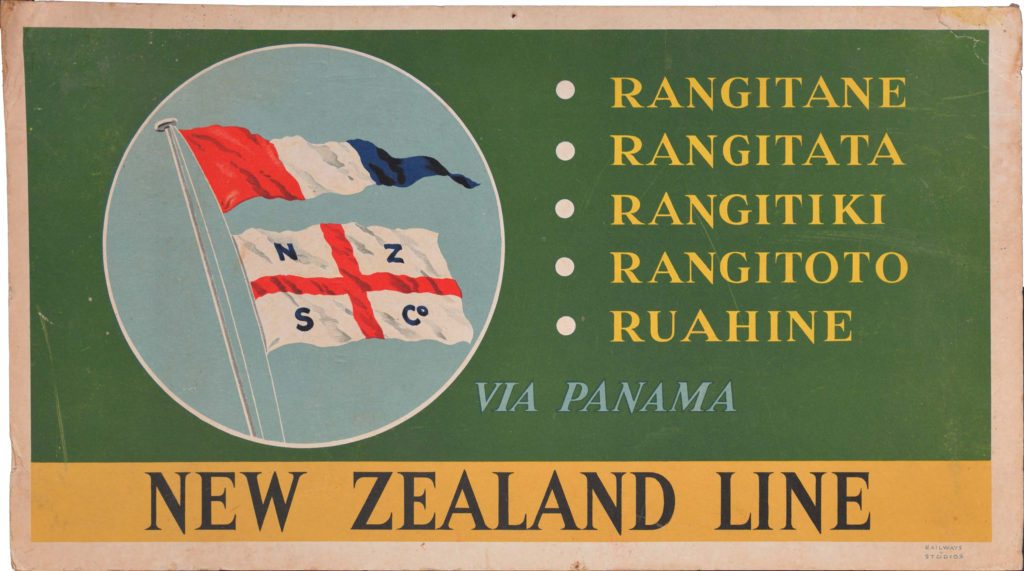Enriched storytelling
Outside of their galleries and exhibitions, the teams from the Museums of Auckland collective are also using online channels to tell stories about their collections and highlight treasures from their archives.
Where exhibition labels are restricted to a couple of short sentences, online channels like blogs can delve into the story behind an object and share fascinating details. Sir Edmund Hillary’s diary is held in the Auckland Museum collections and this blog post shares the original pages and transcript from 29 May 1953 – the day he reached the summit of Mt Everest.
Making collections available online is also changing the way people can interact with them.
To coincide with the WWI Centenary period Auckland Museum developed new functionality for its Online Cenotaph, allowing people to contribute information to this online repository for the official and personal stories of New Zealand servicemen and women in international conflicts. Since 2015 Online Cenotaph has had 90,000 images, documents, notes and pieces of data added by the public.
Auckland Art Gallery recently launched a chatbot through Facebook Messenger that utilises machine learning to give audiences a new way to explore the Gallery’s collections. Users are able to send prompts – such as “show me…” – followed by a keyword, colour or, even, an emotion, and the chatbot responds with a selection of related artworks.

